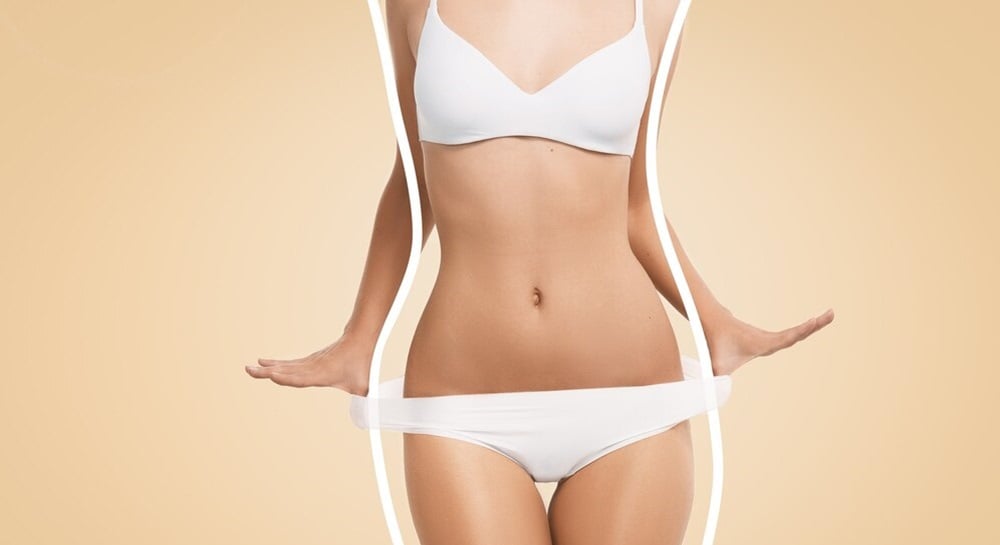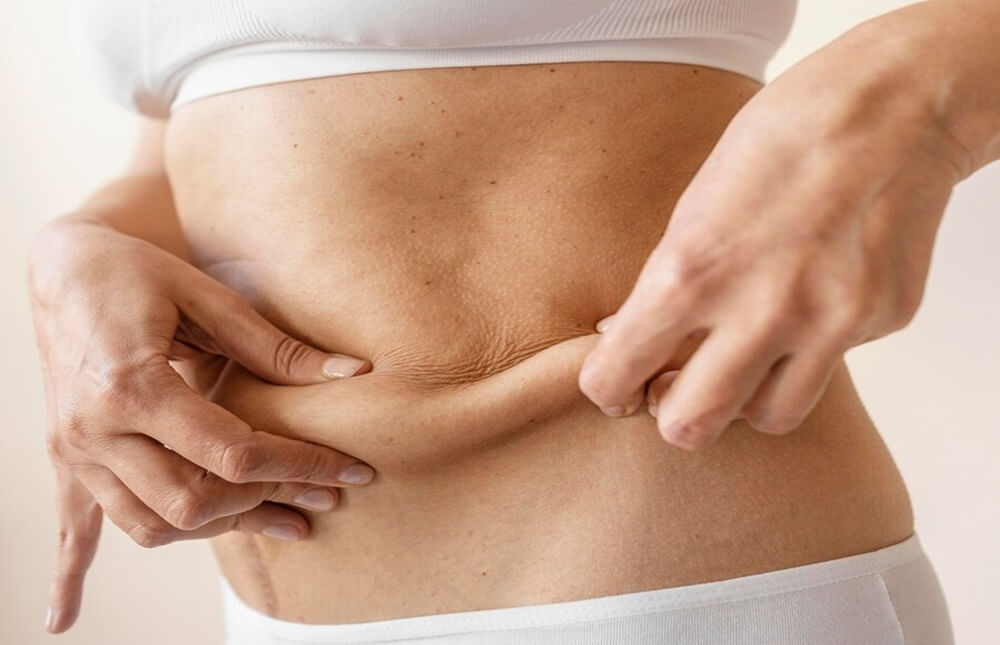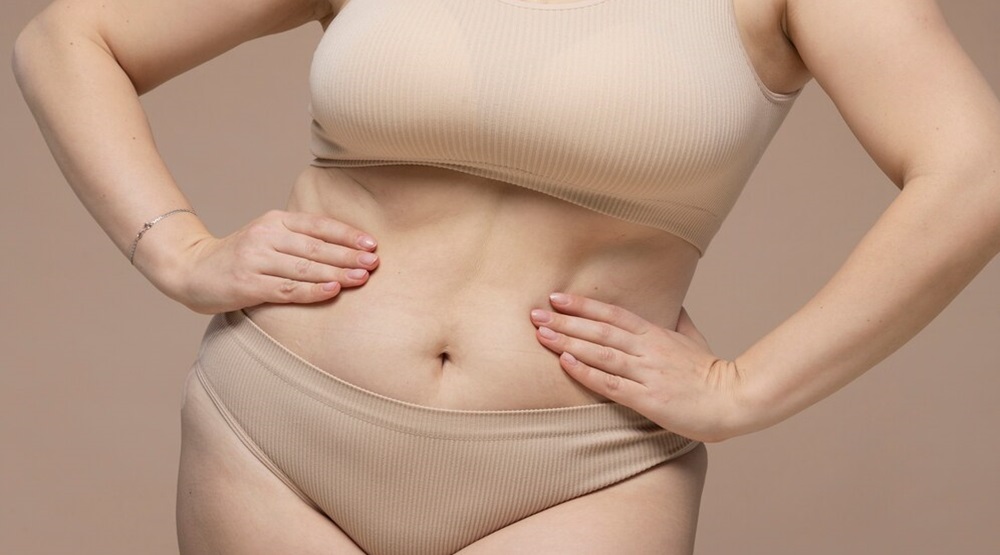Home » Abdominoplasty vs Liposuction: Which Body Contouring Treatment is Right for You?

Abdominoplasty vs liposuction are popular elective operative procedures for addressing unwanted excess adipose tissue safely and permanently. Abdominoplasty, in some forms, has been performed for over a century. However, significant evolution has taken place, positioning these procedures not only within the field of cosmetic medicine and surgery but also in response to essentialist concepts like best body contouring surgery, trauma, cancer, and medicine. Cosmetic indications are numerous and include enhancing physical appearance among healthy subjects and surgical patients and correcting physical flaws among patients with disfigurements due to congenital, developmental, and anatomic defects. However, and as important, most of these operations positively affect one’s body image, a psychosocial concept that addresses not only how the individual looks but also aspires to an individual’s identity and experience at the somatic level and beyond. Most patients choose these techniques due to improvement in their body aesthetics, possibly leading to better self-esteem and often have been thought to be associated with an enhanced ability to attract mates, quality of work, and expectations for success among those of the same age and sex.
In 1985, liposuction emerged as a safer alternative to the dermatologic skin plicature and subcutaneous surgical tunneling approaches. Both tummy tuck or liposuction are effective procedures for specific patient populations. In most to all patients, many surgeon-in-patient choices will not reveal significant anatomy, functional, or subjective differences between the procedures. The article will also only consider the mini- and standard lipo abdominoplasty and the traditional abdominoplasty vs liposuction techniques. For clarity, abdominoplasty is a procedure during which certain flap dissections are performed, an umbilicoplasty is performed, rectus diastasis may be repaired, symmetrization of the mons pubis may be performed, and a small amount of skin is resected from the excision of the lower abdomen bulge. This flap dissection may be performed in the traditional or modified fashion where some flap dissections occur, including the diastasis/umbilical disconnections approach. In comparison, liposuction is a mini- or standard approach during which some amount of isolated traction technique is performed and may be performed using many instruments. The standard approach may involve super-wet, tumescent, or no volumes of exposed local or general anesthesia. All of these definitions and variations, when performed in an office-based facility, ambulatory facility, or licensed facility with doctor or patient preference, may result in different lengths of the procedure so long as it involves a one-day recovery. The length of the post-procedure stay in the facility may determine if this is the best body contouring surgery or not.

Abdominoplasty (Tummy Tuck) Procedure. Abdominoplasty surgery aims to achieve a flatter, tighter abdomen by addressing loose skin and repairing the muscle when necessary. Invasive procedure.
Key Steps:
– Incision in the suprapubic region
– Removal of skin and subcutaneous tissue, navel repositioning
– Abdominal fascia muscle plication
– Insertion of drains
– Closure (interrupted, single, or subcuticular stitches)
Liposuction Procedure. Liposuction can be used to reduce localized adipose tissue deposits. Less invasive procedure. Techniques to include surgical, endoscopic, ultrasonic-assisted, external ultrasound-assisted, power assisted, tumescent, super wet, traditional. Additional techniques: awake and mini.
Key Steps:
– Tumescent liposuction (fluid injection—allows for easier and more effective fat removal)
– Transcutaneous small incisions
– Pre-tunneling with were harvested
– Insertion of a small cannula for aspiration using at least two different size cannulas
The patient’s desired outcomes, existing adipose tissue deposits, and skin can help to dictate the chosen technique as well as the type of liposuction device and product that will be used, the type of anesthesia required, and the expected recovery.
There exists a spectrum of tools and technology from which to choose. Open surgical procedures entail great consideration for technique and a high degree of skill. In general, as the difference between tummy tuck and liposuction, liposuction is less invasive and requires relatively less skill given the short apprenticeship, steep learning curve, and quick start into practice. As such, some of the most frequent and prevalent complications are associated with this methodology. Experience is another key element to surgical technique and procedural selection. The surgical approach reflects personal preference and surgeon expertise, with patient satisfaction and outcomes being the priority. Surgical procedures place the greatest emphasis on safety with a low risk of complications.
Patient satisfaction resulting from an abdominoplasty is consistently higher than that of liposuction alone for body contouring. Abdominoplasty produced a more aesthetic result as a difference between tummy tuck and liposuction . When comparing abdominoplasty and liposuction, there was less lateral skin redundancy in the abdominoplasty group; however, complications were higher. This study showed that, after six months, the patients who underwent liposuction had more significant interstitial edema, but the degree of fibrosis did not statistically differ between the two groups. The degree of fibrosis was related to the improvement in skin tightening between the two procedures. It is plausible that the two methods may differ in healing and long-term results. The choice between these procedures may depend mainly on the relative risk of complications and the expected aesthetic outcome in individual patients.
The complication rate after liposuction as an isolated procedure may be higher than after abdominoplasty. A systematic review and meta-analysis comparing abdominoplasty and liposuction showed that patients were ideal candidates for abdominoplasty. The conclusion of this study was that liposuction will effectively reduce the abdominal girth, which is suggested because abdominoplasty may have more risks than liposuction. The risk of venous thromboembolism was 63.5 and 0.8, hematoma was 7.2 and 3.5, and seroma was reported at 9.2% and 7.72%, respectively.
A variety of operative body contouring approaches currently exist, with each option having stronger indications and likely better outcomes according to the patient’s presentation. Decision-making between tummy tuck or liposuction continues to warrant consideration as other factors outside of body type affect the decision-making process. Several studies have shown that within a certain body or morphological type and based upon the individual’s motivation for best body contouring surgery, their past medical and surgical histories, lifestyle, and goals of surgery can increase the selection of tummy tuck or liposuction.
These factors lean toward a recommendation for an abdominoplasty to provide the best possible outcomes if a full abdominoplasty abdominal deformity is seen on the initial semi-dressed frontal standing photograph. If an abdominoplasty type of deformity is not present, other options for body contouring need to be assessed. A comprehensive evaluation for patient selection, as well as a mindful preoperative assessment for both favoring and against abdominoplasty vs liposuction, will greatly improve patient satisfaction postoperatively. Continuing consultation with an experienced aesthetic surgeon may provide some clarity in this decision-making process. This preoperative motivation for any type of body contouring cannot be overstated. Using patient testimonials of satisfaction versus those that were not will provide better evidence. Normal body image perceptions and surgery may be important to consider when deciding on either a surgical or nonsurgical body contouring approach. A current preoperative workup is mandatory for all categories of body contouring surgery. Post-body contouring follow-up care should also be individualized to each category of body tightening.

This review has sought to provide a comparing abdominoplasty and liposuction for body contouring purposes. It has attempted to dissect the results after surgery, the complications that can accompany the two procedures, and the perspectives and expectations a patient may have in their experience after surgery. By bringing together the standards of the two surgical techniques, this enables both the patient and the surgeon to be informed about what the most effective procedure is. By doing so, they can find satisfaction that they have tried a significant time period to achieve their goals and reassurance that the initial simple intervention did not compromise aesthetic appearance and well-being.
However, while the current literature provides some insights, it is by no means perfect. As such, there are significant areas in which research can be taken forward. Specifically, the current systematic review identifies that much of the research has analyzed low-level evidence, namely case series and observational studies. High-quality research is thus needed to underpin future research, including randomized controlled trials that are methodologically robust, in order to help further define which patients will most likely benefit from each procedure. Surgical techniques continue to evolve in an attempt to reduce complications and improve cosmetic results. The need for further primary research on body contouring has been highlighted, as well as the potential for future studies of public opinion around cosmetic surgery and the changing societal norms and perceptions of body image. The way one looks in society has never been expected to change more. Best body contouring surgery and aesthetic medicine are evidently both medical and emotional care options. Active participation or at least a very good face-to-face surgical interview between the surgeon and the patient is necessary for a comprehensive appreciation of the prospects of cosmetic surgery.
Hello!